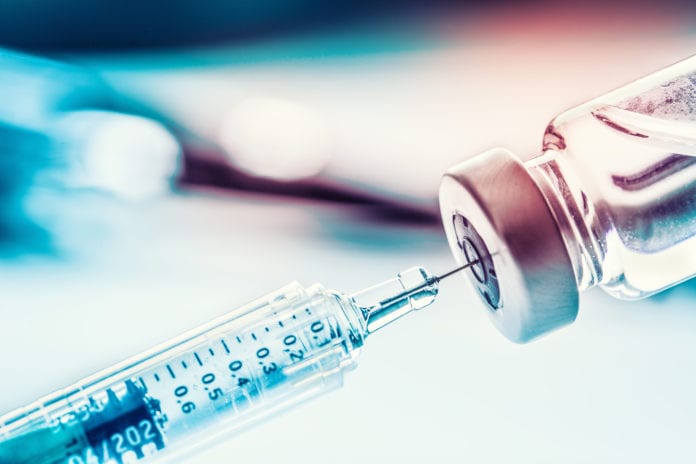In nursing school we learned ‘by the numbers’. We were taught each skill step-by-step, one-by-one.
We graduated and moved on to ‘real world’ nursing and realized that not only do we not have the time to go by the numbers, but that the numbers can be changed, combined and in some rare instances re-arranged.
Over the years I’ve learned a few ‘skillz’ that seem to be invaluable to me during my day:
Pre-filled syringes
Be sure to remove the cap and then retract the plunger on the syringe (as if you are aspirating) BEFORE you depress the plunger. There is compressed air hidden in the needleless leur-lock. If you depress the syringe first after the initial removal of the cap you will squirt saline like a laser in whatever direction you are pointing (there are numerous ceiling tiles that can corroborate my story).
Gastric tubes (Nasogastric and Orogastric)
This is in reference to maintenance. When ever you are administering meds, flushing the tube, clamping the tube, etc. be sure to instill a small bolus of air in your syringe prior to your task. Example: If you are giving a 30ml fluid bolus, add 5 or even 10ml of air to your syringe before you’re administration (it will be at the top of the syringe when the syringe tip is to the sky). We all know how messy the maintenance of these tubes are. If you instill the small amount of air beforehand, the remainder of the fluid will be flushed away from the end of the tube (by the air) and you won’t have any excess tubefeeding or fluid regurgitating or dripping back at you and onto your patient or their linens when you disconnect the syringe from the OG/NG tube.
OH, and the theory of using soda to clear a clogged tube doesn’t always work. Hot water seems to do the trick most of the time, but each to his own.
PICC lines
When drawing blood from a line that will not draw here are a few tips that seem to help. Always lay the patient flat if possible (no Trendelenberg usually does not work). Abduct the arm greater than 90 degrees and /or flex the shoulder greater than 90 degrees. Have the patient turn their head away from the side of the PICC (turning towards may work occasionally). If all else fails have the patient take a deep breath and hold it (if possible). I actually got a magical blood return once by having them hold their breath and bear down simultaneously (it was the oddest thing?).
Tape
Skin tears are not something a nurse or a patient wants. When removing tape try wiping the exterior exposed tape with an alcohol swab prior to removal. I have no idea why this works, and it seems to correlate with only certain kinds of tape. Regardless, it’s worth a try if it will prevent a skin tear.
Alcohol pad
Can remove pen mark stains and streaks in scrubs. You may need to use a little elbow grease
Can remove ink and most markers from your skin. The back of my hand is my portable notepad during my day sometimes.
For some strange reason an alcohol pad placed on the bridge of the nose seems to slow down or even stave off nausea (This only works sometimes, but when it does it’s pretty darn cool and useful as an interim until you can retrieve an anti-emetic).
Multiple IV drips
Label everything the first time you enter the room. If you don’t have an electronic reading on your IV machine tape the name of the medication on the machine itself. Also label ALL the IV tubing. Place labels as close to the patient as possible. I usually pick the first access point closest to the patient (Leur-lock) and place my label just above or below it. This is invaluable during an emergency and when choosing compatible IV infusions.
Yep, these are ridiculously random, but invaluable non-the-less. Any other sure-fire tips that seem to lighten the load for you during your day?? Share your tips in the comments section below.
This article was republished with permission from SCRUBS Magazine.



LS from Radiology,
We send those patients to you for the meds you can give in your specialty unit ,( versed , propagol, etc )
and it’s usually fluoroscopy after 3 “seasoned nurses “ AND a Surgeon has attempted beside …
How many people would you like to try to ram a tube up your sinus, down your throat and into YOUR stomach before YOU cry mercy ?
Just saying
I have also painted many ceiling with prefilled syringes but instead it f removing the cap and aspirating I leave the cap on and push up. This still “breaks the seal” on the plunger but prevent aspirating dirty bacteria laden hospital air into the syringe. Though there may not be any contamination when you aspirated, this is how the manufacturer recommends loosening the plunger, and anything that can decrease potential contamination is a positive especially when working with immune compromised patients
Great! Maybe add that Radiology does NOT put NG or Dobbhoffs down any different than you. Jus sayin….
Warm the packaged NGT between warmed towels or blankets to make them more plyable before insertion.